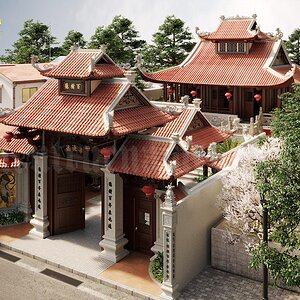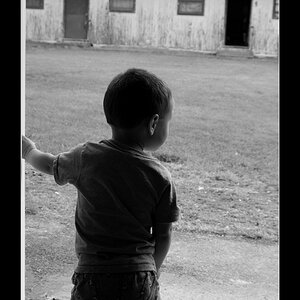tyqre
TPF Noob!
- Joined
- Sep 21, 2011
- Messages
- 74
- Reaction score
- 1
- Location
- MA
- Can others edit my Photos
- Photos OK to edit
I've been reading some tutorials on star photography and they all say to use the highest ISO. When i tried to do this all i got was a very, very grainy image with my f4.0 10mm WA lens with my T2i. Any suggestions?


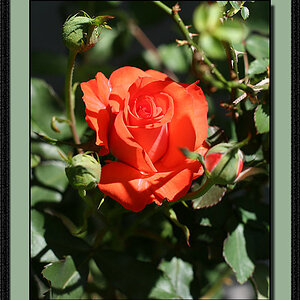
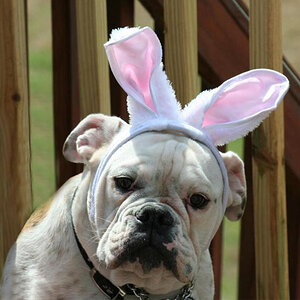
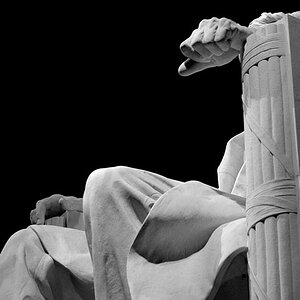
![[No title]](/data/xfmg/thumbnail/34/34076-d491e0e556e88ef7f797efcbe6083299.jpg?1619736268)
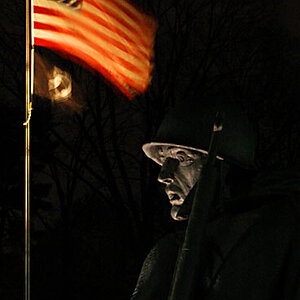
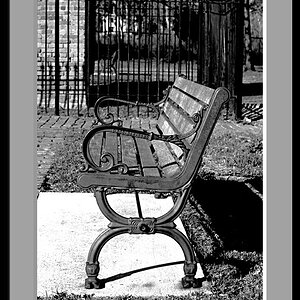
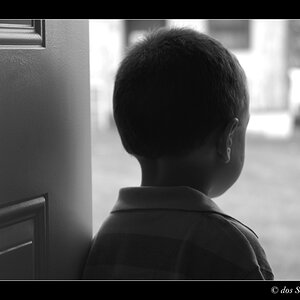
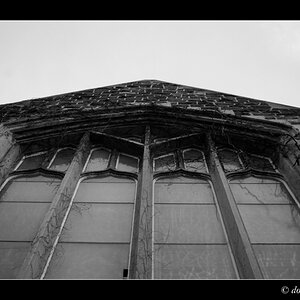
![[No title]](/data/xfmg/thumbnail/35/35958-c5e3387cf4682d8c9cd7b7818c294709.jpg?1619737272)
![[No title]](/data/xfmg/thumbnail/34/34115-73b827c6a6db1413dcead11e4caaae69.jpg?1619736285)
